Cats are nature’s self-cleaning marvels. Their tongues, equipped with tiny hook-like structures called papillae, act as built-in brushes that remove dirt, debris, and loose fur with surgical precision. Contrary to popular belief, bathing a cat isn’t just unnecessary—it can disrupt their natural grooming process, strip essential oils from their skin, and even trigger stress-related health issues. From their evolutionary biology to modern care techniques, science confirms that most cats thrive without regular baths. This guide will dismantle myths, reveal proven hygiene strategies, and show you how to maintain a pristine feline companion using methods that align with their instincts.
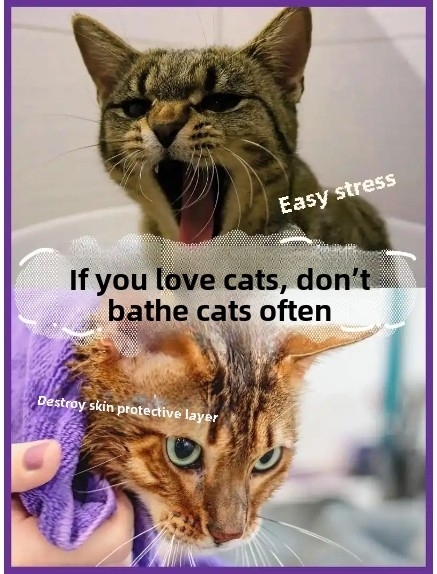
1. The Science Behind Cats’ Self-Cleaning Superpowers
Cats spend up to 50% of their waking hours grooming. This ritual isn’t vanity—it’s survival. Their saliva contains enzymes that break down dirt and neutralize odors, while the mechanical action of licking distributes natural oils (sebum) across their coat. These oils waterproof their fur, regulate body temperature, and create a protective barrier against parasites.
Forceful bathing disrupts this delicate balance. Water and shampoos can:
Dry out their skin, leading to flakiness and irritation.
Weaken their immune defenses by washing away beneficial microbes.
Trigger anxiety, which suppresses grooming behaviors and increases vulnerability to matting.
Unless your cat rolls in toxic substances or develops a medical condition requiring medicated baths, water immersion should remain a last resort.
2. Daily Maintenance: Your 5-Step Routine for a Clean Cat
A. Paw Patrol
Wipe paws after outdoor adventures or litter box use. Focus on crevices between toes where litter or debris accumulates. Use a damp cloth (never soaked) and pat dry thoroughly to prevent fungal growth.
B. Brush Like a Pro
Daily brushing removes loose fur, distributes oils, and stimulates circulation. For long-haired breeds, use a slicker brush to prevent mats; short-haired cats benefit from rubber grooming gloves. Bonus: This mimics social bonding through mutual grooming.
C. Eye & Ear Care
Gently wipe away eye discharge with a warm, damp cotton ball. Avoid commercial “tear stain” products—many contain irritants. For ears, inspect weekly and clean only visible dirt with vet-approved solutions. Never insert cotton swabs.
D. Dental Hygiene
Plaque buildup affects 70% of cats over age 3. Brush teeth 2–3 times weekly using enzymatic toothpaste. Dental chews or raw chicken necks (supervised) can supplement this routine.
E. Litter Box Mastery
Scoop waste twice daily and replace litter weekly. Unsanitary boxes force cats to step in waste, transferring bacteria to their paws and fur.
3. When Dirt Happens: Spot-Cleaning Solutions
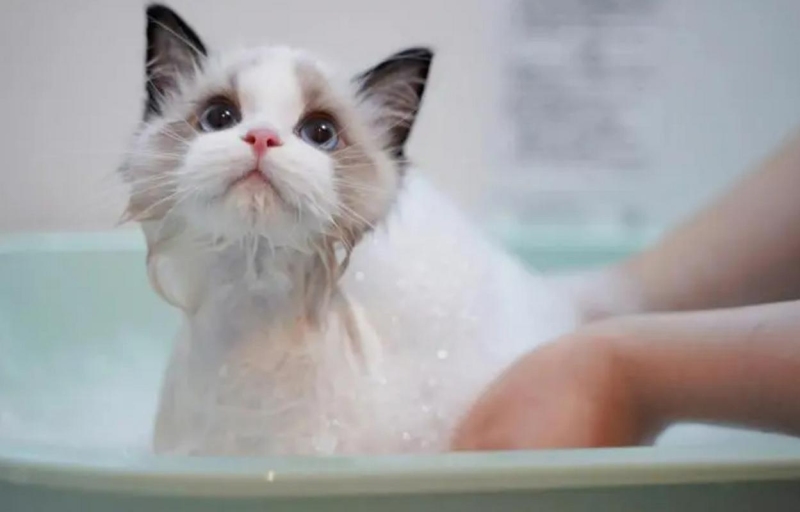
For Muddy Paws:
Use a silicone pet brush to dislodge dried mud.
Wipe with a microfiber cloth dampened with water.
Apply a pea-sized amount of coconut oil to paw pads to moisturize.
Grease or Sticky Substances:
Sprinkle cornstarch on affected areas to absorb residue.
Comb through gently.
Wipe with a cloth dipped in diluted apple cider vinegar (1:3 ratio with water).
Accidental Messes (e.g., Diarrhea):
Trim soiled fur carefully with blunt scissors.
Clean skin with hypoallergenic baby wipes (alcohol-free).
Reward your cat with treats to associate cleanup with positivity.
4. Environmental Optimization: Your Home as a Grooming Ally
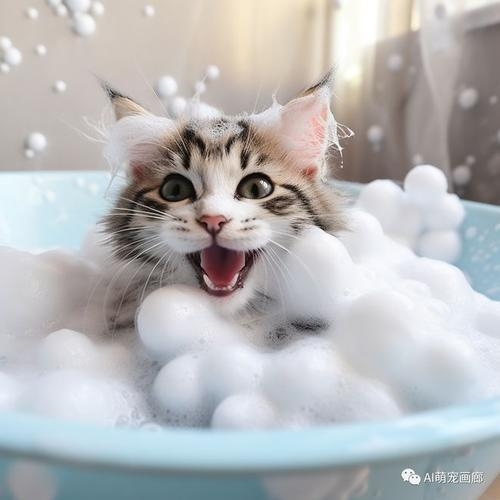
Scratching Posts:
Cats shed old nail layers through scratching. Provide vertical and horizontal posts covered in sisal or cardboard to keep claws clean and sharp.
Air Quality Control:
Use HEPA filters to reduce airborne allergens and dust that cling to fur. Vacuum floors and furniture 3x weekly with a pet-specific vacuum.
Safe Hideouts:
Designate clean, elevated resting areas (e.g., window perches) to minimize contact with dusty floors. Wash bedding in fragrance-free detergent weekly.
5. Myth-Busting: What “Common Knowledge” Gets Wrong
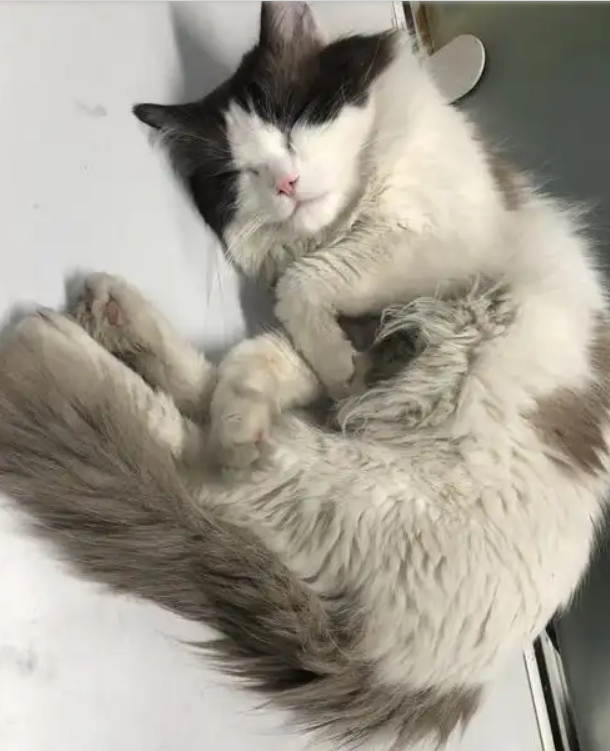
Myth: “Indoor cats need baths to stay fresh.”
Truth: A healthy indoor cat’s scent is subtle and pleasant. Strong odors signal health issues (e.g., dental disease) requiring veterinary attention—not baths.
Myth: “Bathing reduces shedding.”
Truth: Brushing removes 90% of loose fur. Bathing only temporarily loosens hair and stresses follicles, potentially worsening shedding long-term.
Myth: “Kittens should be bathed to get used to water.”
Truth: Early exposure to gentle wiping (not full baths) builds trust. Forced immersion creates lifelong hydrophobia.
By embracing your cat’s innate cleaning abilities and adopting these science-backed techniques, you’ll nurture a happier, healthier companion—no shampoo required. Remember: A cat’s idea of “clean” isn’t measured by human standards but by their ability to thrive in sync with nature’s design.




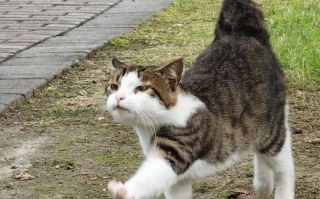
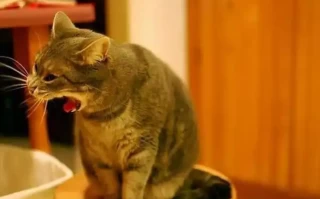


No comments yet, come on and post~